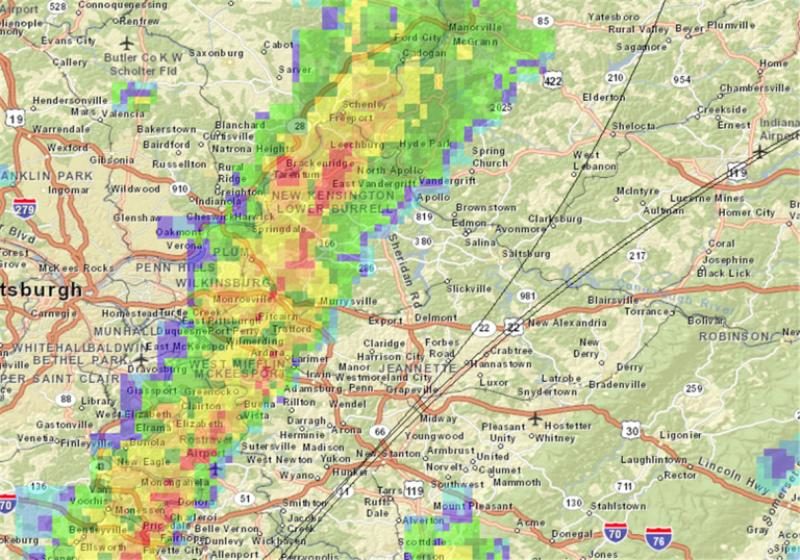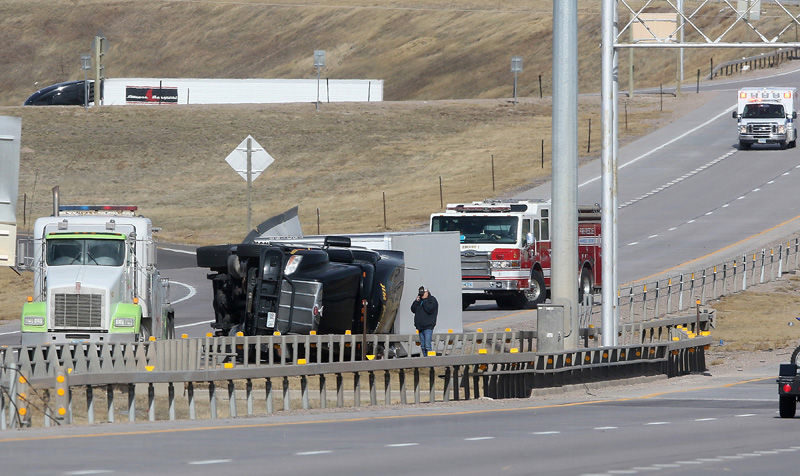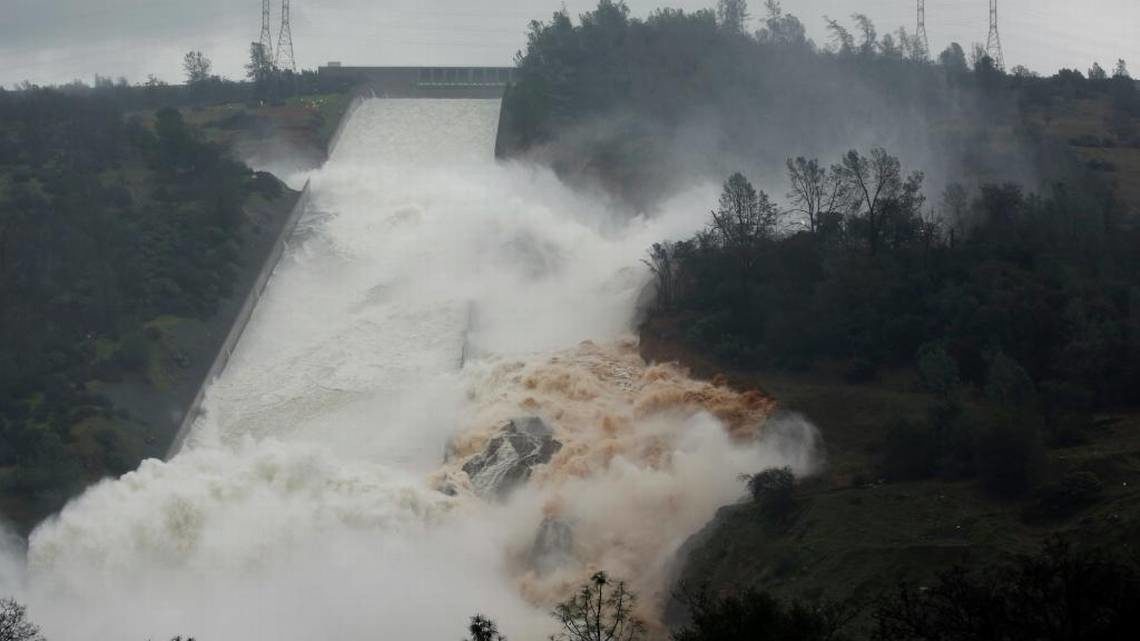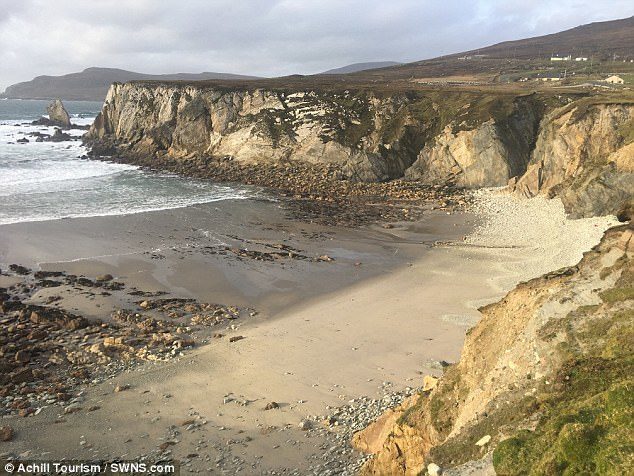
© NOAA
A tornado touched ground in the Pittsburgh area over the weekend and no one knew until now.
The local National Weather Service
reported Monday that an
EF1 tornado - with peak winds of 90 mph - struck Plum and Murrysville early Sunday morning for about four minutes along Saltsburg Road, tearing shingles from roofs, snapping tree trunks and flipping a car.
It was the second tornado to hit the region this November alone; another touched ground in Columbiana County, Ohio on Nov. 5.
Before this year, there had been only five November tornadoes in the area since 1950, said NWS meteorologist Matthew Kramar.
"This is a rare event for November, and even rarer because it happened after midnight," Mr. Kramar said. "Typically it happens during the day because you need intense thunderstorms to fuel them."
The weather service, which typically examines damage firsthand after thunderstorms with high winds, received reports of damage in Murrysville Sunday. Mr. Kramar observed a flipped car and tree damage outside of a retirement community off of Saltsburg in Plum, substantial tree damage further east at Clover Commons and "considerable" tree damage near Sardis Road in Murrysville. "Just about every evergreen in a 100-yard swath was damaged. The storm cut a track right through those trees," Mr. Kramar said.
Comment: See also:
2017 hurricane season produces most reported tornadoes in U.S. in nearly a decadeSome other rare tornadoes have formed around the planet in recent times including countries such as
Turkey,
Netherlands,
Mexico,
United States,
Russia and
China.
Study: Tornado outbreaks are increasing - but scientists don't understand why. A coauthor of this paper states
"What's pushing this rise in extreme outbreaks is far from obvious in the present state of climate science."Recently other climate scientists were saying
hurricane Harvey "should serve as a warning", as they continue to push the
man-made climate change/global warming lie. They are not considering the importance of atmospheric dust loading and the winning Electric Universe model in their research. Such information and much more, are explained in the book
Earth Changes and the Human Cosmic Connection by Pierre Lescaudron and Laura Knight-Jadczyk.
The accumulation of cometary dust in the Earth's atmosphere plays an important role in the increase of tornadoes, cyclones, hurricanes and their associated rainfalls, snowfalls and lightning. To understand this mechanism we must first take into account the electric nature of hurricanes, tornadoes and cyclones, which are actually manifestations of the same electric phenomenon at different scales or levels of power.
Increasing
cometary and volcanic dust loading of the atmosphere (one indicator is the
intensification of noctilucent clouds we are witnessing) is accentuating electric charge build-up, whereby we can expect to observe more
extreme weather and planetary upheaval as well as
awesome light shows and other
related mysterious phenomena.



Comment: Last month three waterspouts were spotted in the waters off Thousand Islands regency, a phenomenon rarely seen in the tropics, the National Mitigation Agency said.